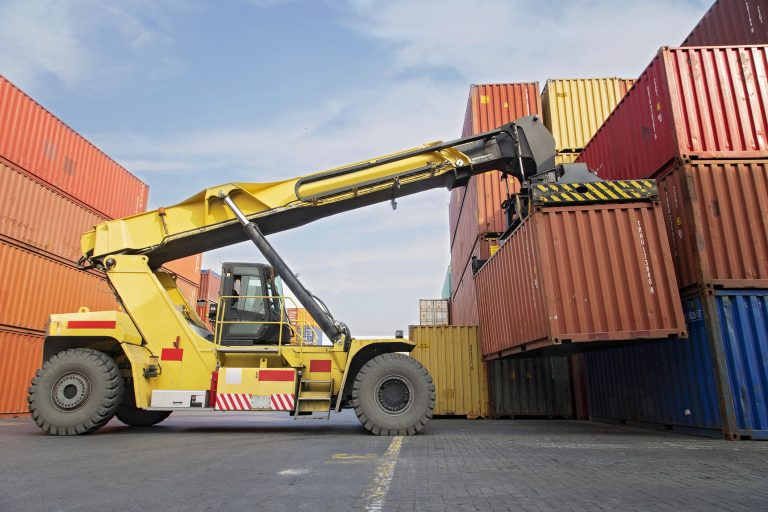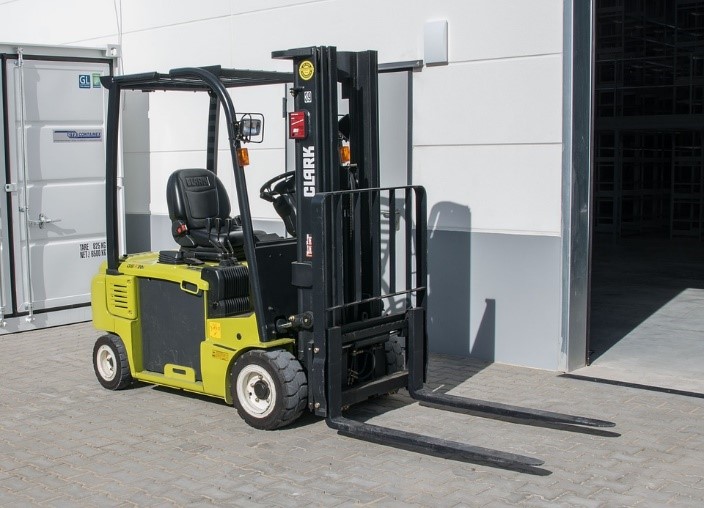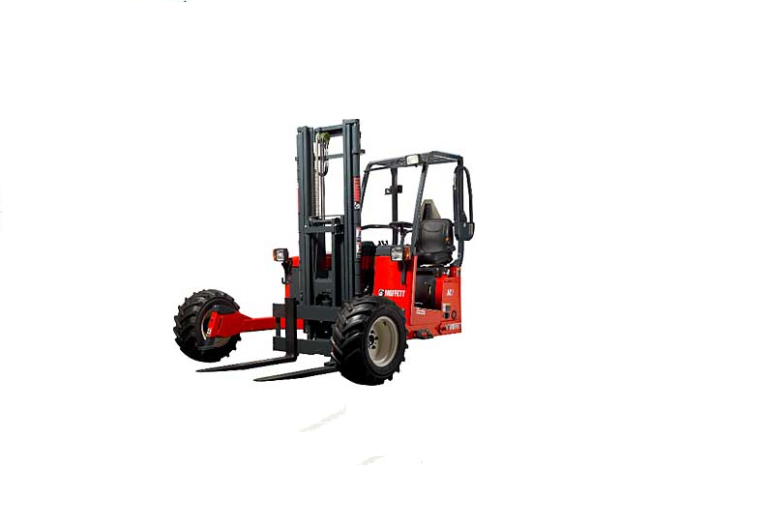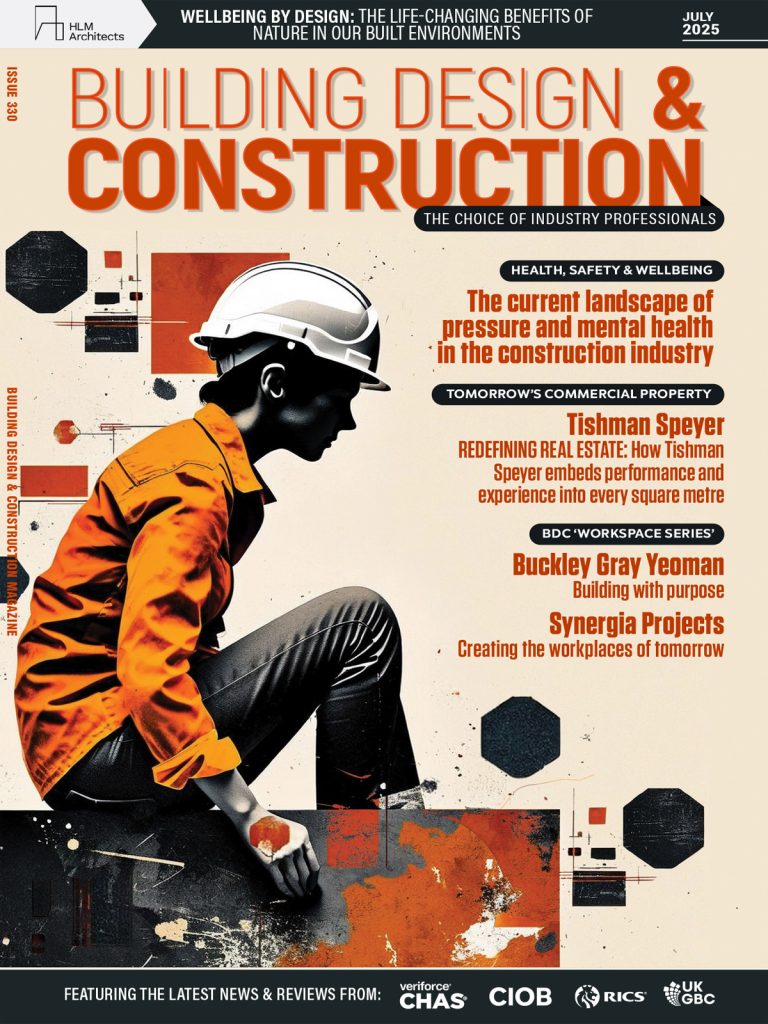Every year in the UK, around 1,300 employees are hospitalised due to serious injuries following a forklift incident.¹ In fact, accident figures based on RIDDOR (Reporting of Injuries, Diseases and Dangerous Occurrences Regulations) over the last three years show that 43% of incidents involving a forklift truck were impacts with a third person.2 Of these, around 65% were pedestrians, 20% co-workers and 15% delivery drivers watching or assisting with loading or unloading their vehicle. Whether using a forklift in a warehouse, at a distribution centre, an airport or seaport, the dangers to others are clear. The HSE (Health and Safety Executive) stipulates that there must be adequate segregation of forklift trucks and pedestrians within the workplace. But how do you ensure these areas aren’t breached inadvertently? Emily Hardy, a vehicle safety expert and marketing manager at Brigade Electronics UK, says: “Approximately 70% of incidents on sites happen during initial machine start-up and low speed movement because of poor visibility. Warehouses, distribution centres, seaports and airports can all be extremely challenging environments with numerous hazards to navigate. The presence of ground staff and pedestrians makes these areas particularly difficult in terms of ensuring safety is maintained at all times.” Smart technology is helping to address the problem of restricted visibility and blind spots in handling areas. These include the very latest RFID (Radio Frequency Identification) technology, such as Brigade’s ZoneSafe proximity warning system. Designed for use in areas such as warehouses, construction sites, manufacturing sites, waste sites, airports and distribution centres, ZoneSafe uses vehicle-mounted antennas that communicate with detection tags, which can be worn by workers, set up in restricted areas or placed on objects or property. When a tag enters a detection zone, the vehicle operator will automatically receive a visual and audible alert via the in-cab control unit, which will enable them to take the necessary action. Tags worn by workers on foot will also vibrate to warn of an approaching vehicle. Due to the RFID technology, which does not require line-of-sight, tags will be detected regardless of obstructions, blind spots, adverse weather conditions or poor visibility. Each tag can be uniquely identified and linked to individual people. Emily continued: “This technology is ideal for vehicles, like forklift trucks, that frequently operate within close proximity of workers and other machines. It provides fast, reliable and accurate data exchange without any limitation on the number of tags or antennas in operation, making it perfect for large areas like warehouses and distribution centres.” According to RIDDOR, as the number of forklift truck injuries is on the rise, more will need to be done to address the issue of enhancing safety in areas where forklifts are in use. Emily added: “Driver training is obviously key to ensuring safety standards are adhered to. However, vehicle safety technology can add an additional layer of security and peace of mind for operators who are keen to ensure that their workplaces remain hazard free.”







